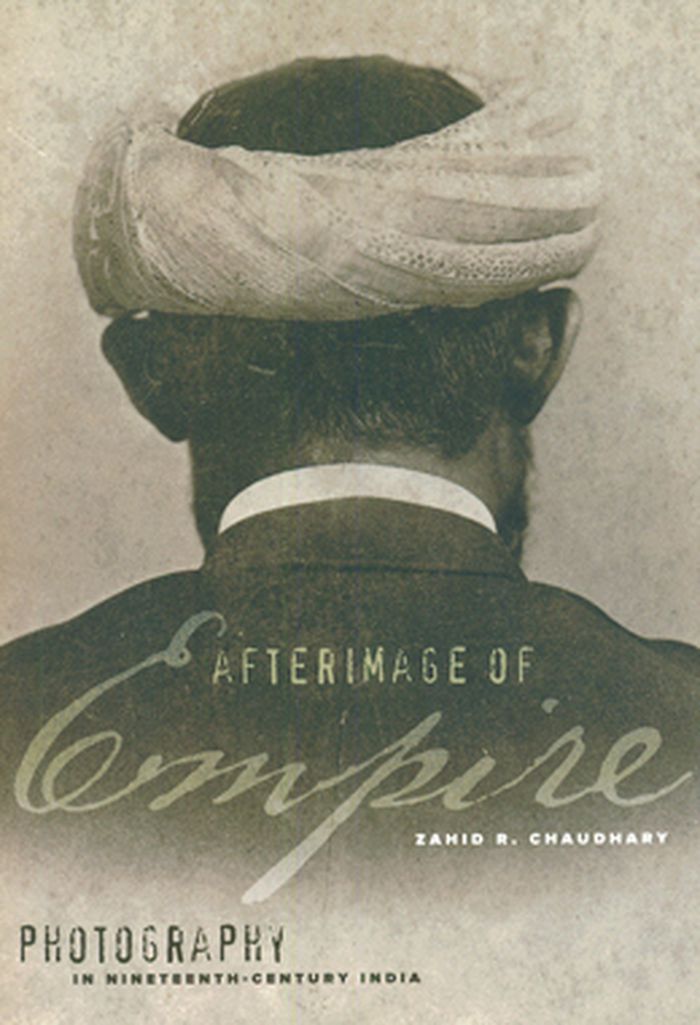$36.00
(available to order)
Summary:
Afterimage of Empire provides a philosophical and historical account of early photography in India that focuses on how aesthetic experiments in colonial photography changed the nature of perception. Considering photographs from the Sepoy Revolt of 1857 along with landscape, portraiture, and famine photography, Zahid R. Chaudhary explores larger issues of truth, memory,(...)
Afterimage of empire: photography in nineteenth-century India
Actions:
Price:
$36.00
(available to order)
Summary:
Afterimage of Empire provides a philosophical and historical account of early photography in India that focuses on how aesthetic experiments in colonial photography changed the nature of perception. Considering photographs from the Sepoy Revolt of 1857 along with landscape, portraiture, and famine photography, Zahid R. Chaudhary explores larger issues of truth, memory, and embodiment. The author scrutinizes the colonial context to understand the production of sense itself, proposing a new theory of interpreting the historical difference of aesthetic forms. In rereading colonial photographic images, he shows how the histories of colonialism became aesthetically, mimetically, and perceptually generative. He suggests that photography arrived in India not only as a technology of the colonial state but also as an instrument that eventually extended and transformed sight for photographers and the body politic, both British and Indian.
Theory of Photography
